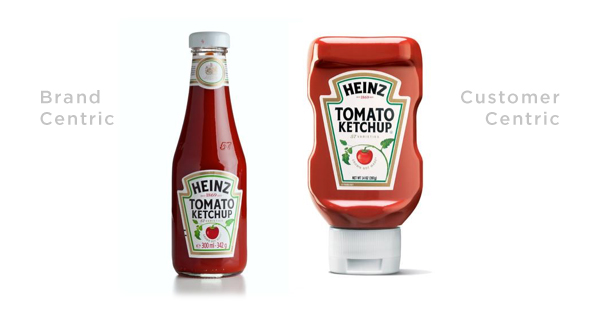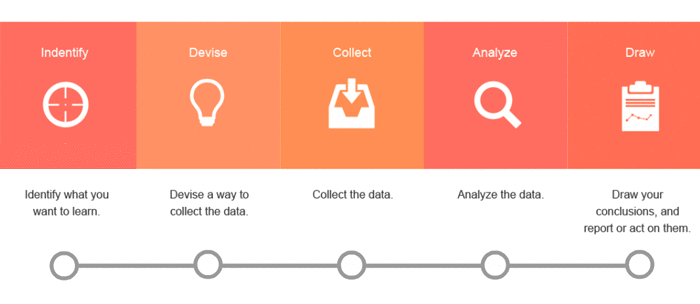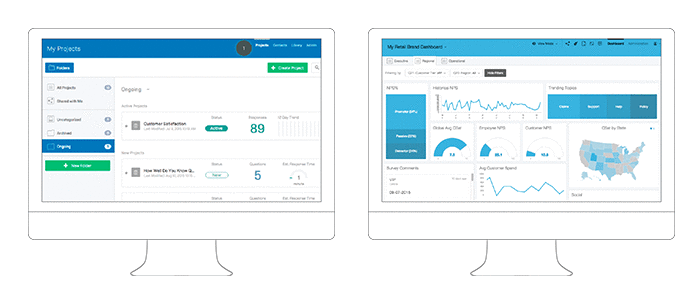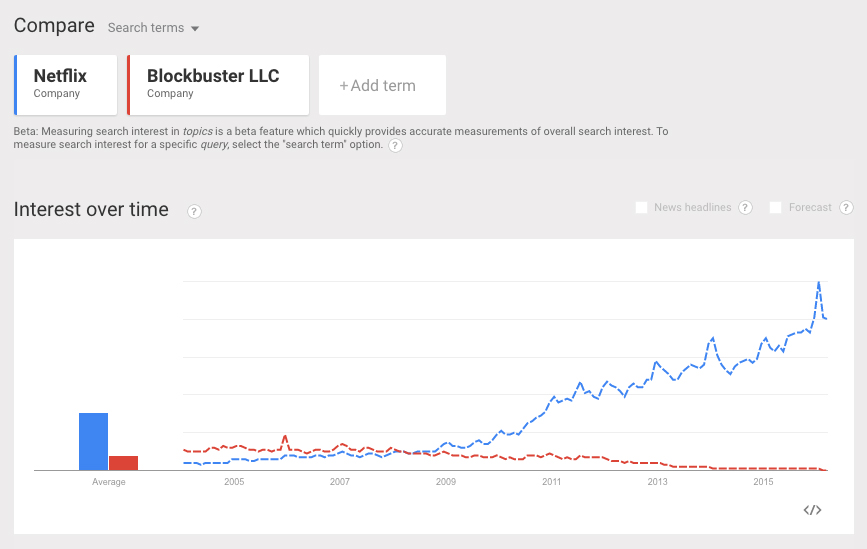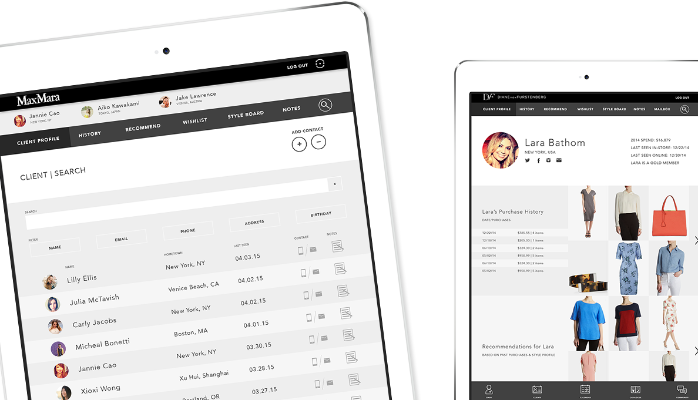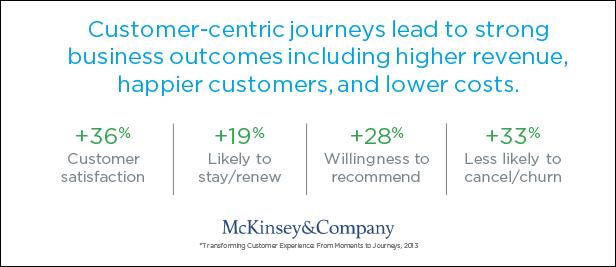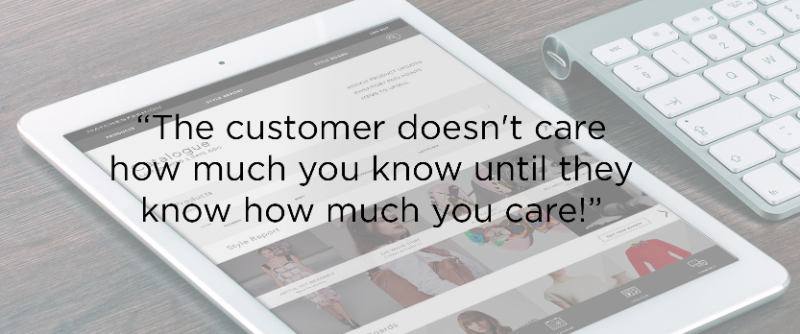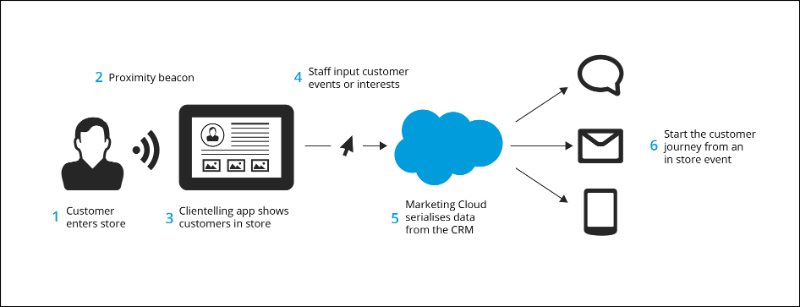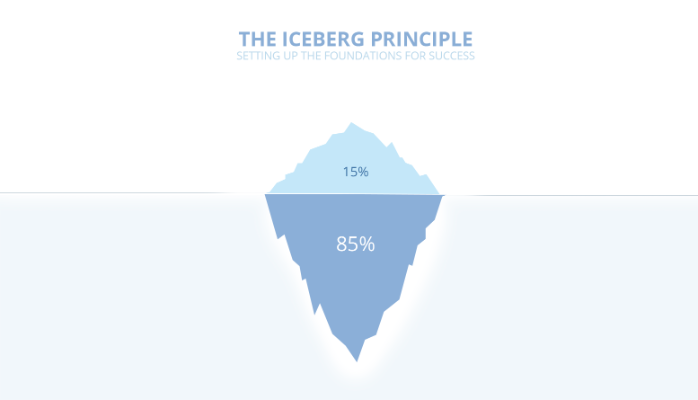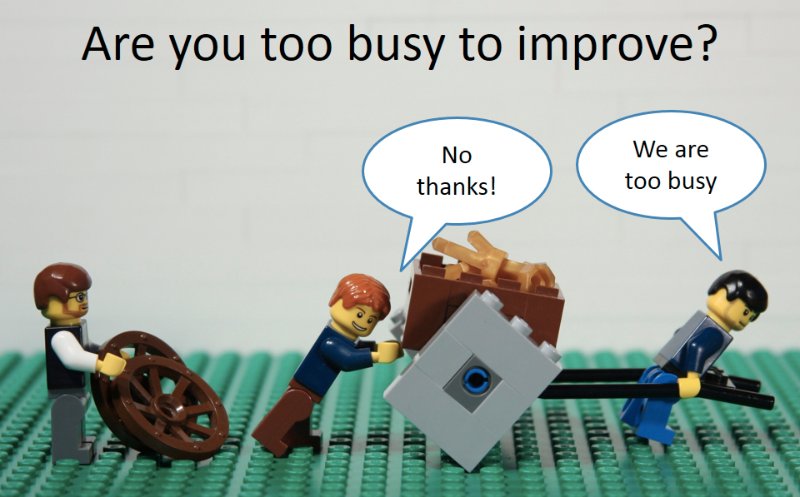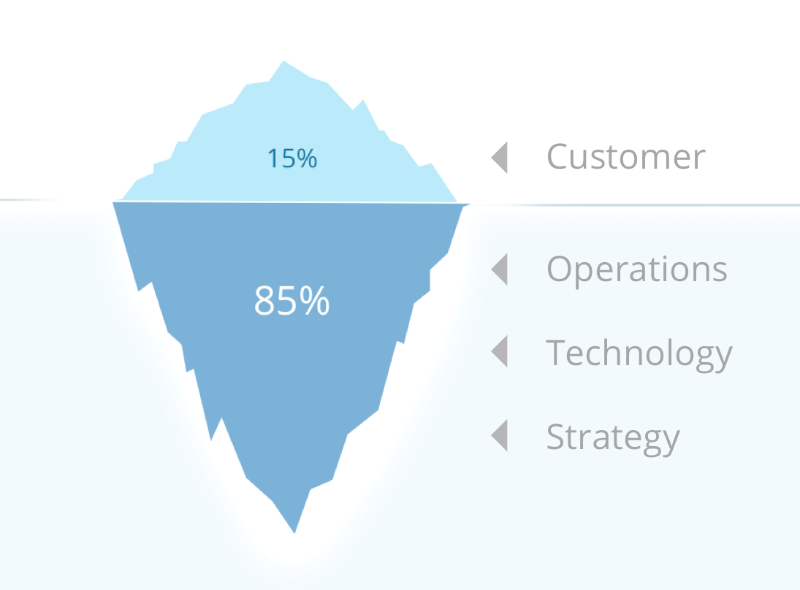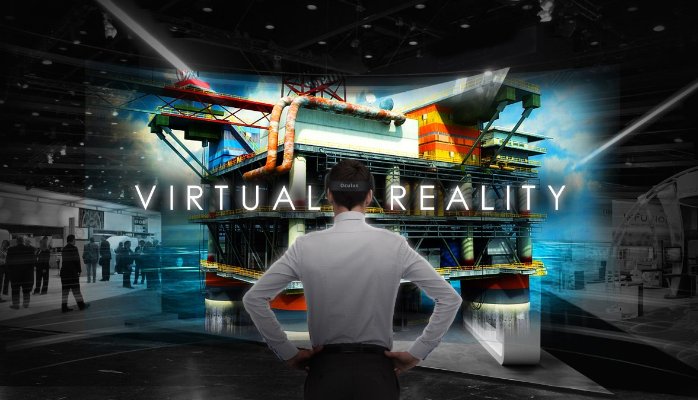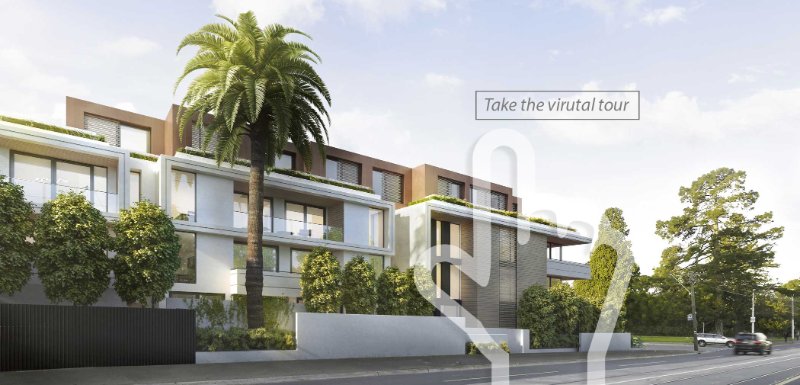Every customer has a voice...yet not every company listens. Successful companies use their customer as their secret weapon. Accessing that secret weapon isn't difficult; create customer focus groups, conduct market research, invest in social listening or merely send out timely customer surveys across the customer journey via digital channels like email, web and sms. Sounds simple doesn't it, but why do most companies take a blind eye? Is it because it's too difficult, too expensive, too confronting? Most of the time it is just easier to keep doing what you have always been doing because it has worked in the past.
It is fair to say that most large Australian companies have a monopoly on the market so their is no real need to change. Until the competition sneaks up behind you and is starring you in the face i.e the taxi industry vs. Uber, hotels vs Airbnb and retailers vs Alibaba. All three companies don't carry any inventory, yet drastically improve customer service and provide new revenue opportunities for those willing to leverage their technology. Companies need to go from being brand centric to becoming customer centric.
Heinz are a perfect example of a brand who listened to their customer and implemented their recommendations. The sauce that they produce is of great quality, however the user experience of trying to get the sauce out of the glass bottle is extremely clumsy. If you make some subtle design changes like flip the bottle upside down and change the material (glass to plastic), the experience changes dramatically.
“People want what’s best for them, and they can switch on a dime, because there’s always a new disruptor disrupting the last disruptor. So companies should just strive to keep changing and adapting to their customers’ needs.”
Hearing the voice of the customer is essential for effective marketing, but also improving service. If companies are to be relevant to the consumer of tomorrow, they will need much more than an email blast engine and a call centre. They must develop a broad contextual understanding of the customer.
Voice Of The Customer Programs:
Many companies have embarked in creating seamless customer journeys across product, marketing, stores, call centres and sales. How do you now capture feedback to see if what you are doing is providing a positive or negative experience? Answer: set up a Voice of the Customer (VoC) program. Effective voice of the customer programs allow you to connect and engage with customers at key points in the customer journey.
The Voice of the Customer is a term used in business to describe the process of capturing customers’ requirements. It is a product development technique that produces a detailed set of customer wants and needs which are organised into a hierarchical structure, and then prioritised in terms of relative importance and satisfaction with current alternatives.
To enhance customer experience and increase business growth, many firms are developing voice of the customer programs. Successful VoC programs should support a cycle of five activities that make up a closed-loop process:
Voice Of The Customer Programs:
Many companies have embarked in creating seamless customer journeys across product, marketing, stores, call centres and sales. How do you now capture feedback to see if what you are doing is providing a positive or negative experience? Answer: set up a Voice of the Customer (VoC) program. Effective voice of the customer programs allow you to connect and engage with customers at key points in the customer journey.
The Voice of the Customer is a term used in business to describe the process of capturing customers’ requirements. It is a product development technique that produces a detailed set of customer wants and needs which are organised into a hierarchical structure, and then prioritised in terms of relative importance and satisfaction with current alternatives.
To enhance customer experience and increase business growth, many firms are developing voice of the customer programs. Successful VoC programs should support a cycle of five activities that make up a closed-loop process:
- Identify: What is it that you want to learn?
- Devise: What is the best way to collect the data?
- Collect: Capture the data through the right channels
- Analyse: Gather insights in real-time
- Draw: Monitor results and take action
The most successful VoC programs help companies connect multiple types of feedback across data channels, provide collaboration across functional departments, incorporate voice of the employee and leverage dashboards and reports that allow you to visualise the information regardless of the source. The key objective is to help deliver clear ROI, business results and prioritise issues.
There are plenty of platforms now that allow you to implement VoC programs. Here is a quick snapshot of market leader Qualtrics' platform; capturing the customers voice & realtime reporting dashboard:
"Your most unhappy customers are your greatest source of learning."

